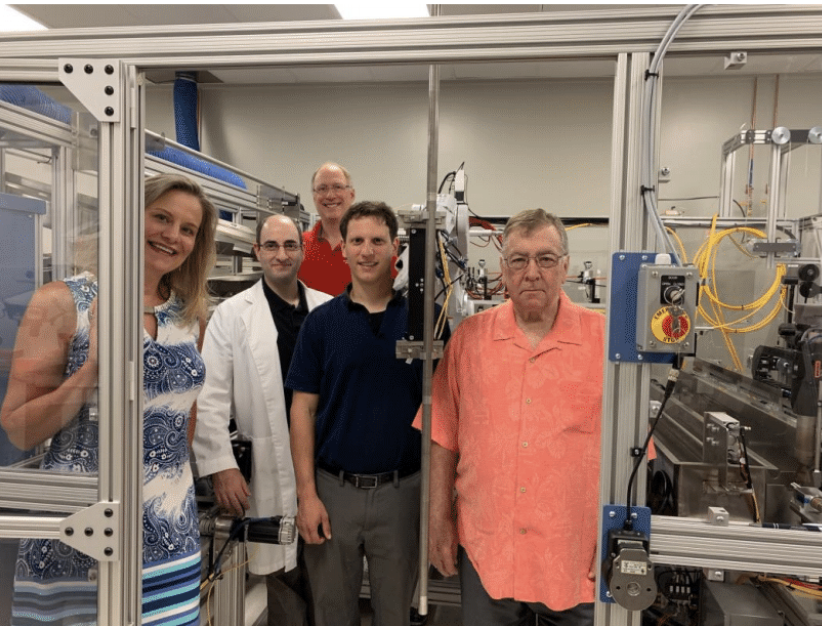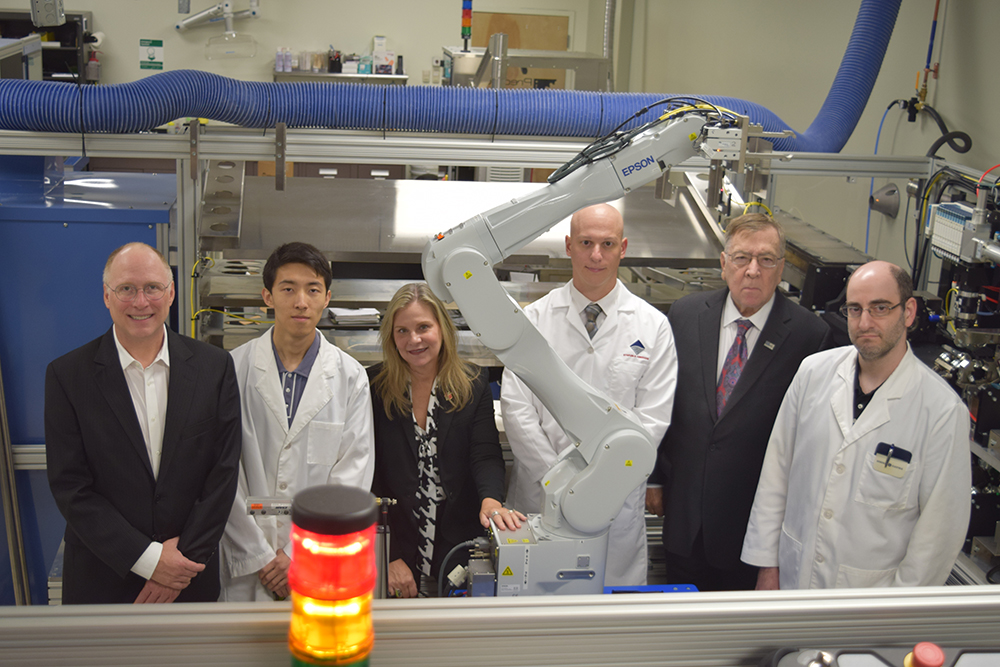Birth of the Spectubular Filter and Production Technology

In the industrial chemical processing industry and oil and gas refining, it is paramount that plant maintenance and production downtime be minimized. This motivated an industry in Coal-to-Liquid conversion technologies to request a new and innovative filter to address specific challenges encountered with traditional metal filtration technology. Their specific process is known as Fischer-Tropsch (FT), which is a collection of chemical reactions that converts a mixture of carbon monoxide and hydrogen, also know as synthesis gas or syngas, into liquid hydrocarbons. These reactions occur when the syngas enters a FT reactor in the presence of metal catalysts and at an elevated pressure and temperature.
In this application, the filters must keep the valuable 20 micron catalyst inside the reactor while allowing the fluid to move on to the next stage. The challenge that they faced was that the performance of reactor filters would diminish over time and would eventually require replacing. Although backwashing is used in this process which reverses the flow to dislodge catalyst and other particles stuck in the media, the filter efficiency would still decrease over time. The reason for this is that traditional media such as wire mesh offer a more arduous path for the catalyst and fluid to pass through which clogs the filter overtime and makes dislodging particles from backwashing efficient or impractical.

Our team was tasked to developing a new filter that would outperform the existing filter solutions. We worked with the chemical process engineers to understand their process and develop several concept designs for testing. The goal was to develop a filter solution made from a single homogenous layer as that would in theory offer significant benefits over traditional filter media from the issues previously described.
Most design concepts centered around laser cut solutions as this was the only proven method for producing small enough pore sizes, however other methods were investigated. We then created a prototype system for producing laser cut filter tubes. Many prototype laser cut solutions were developed and sent for testing. Once sufficient testing was done with the new filter concept and it was proven to be a game changer, a fast, efficient, and economic production process would need to be developed for the manufacturing of the new laser-cut filter tubes. We were then tasked with developing the production technology and cutting systems which we currently use for the manufacturing of our proprietary and cutting-edge precision micro-cut filter tubes.